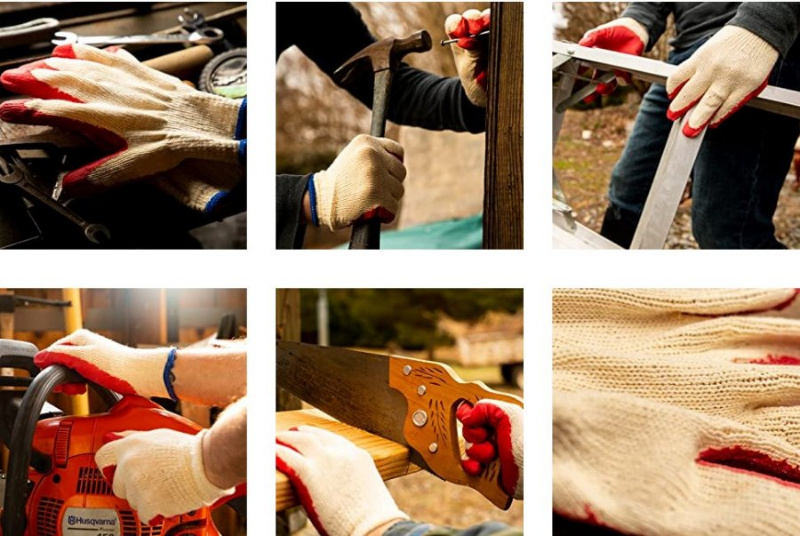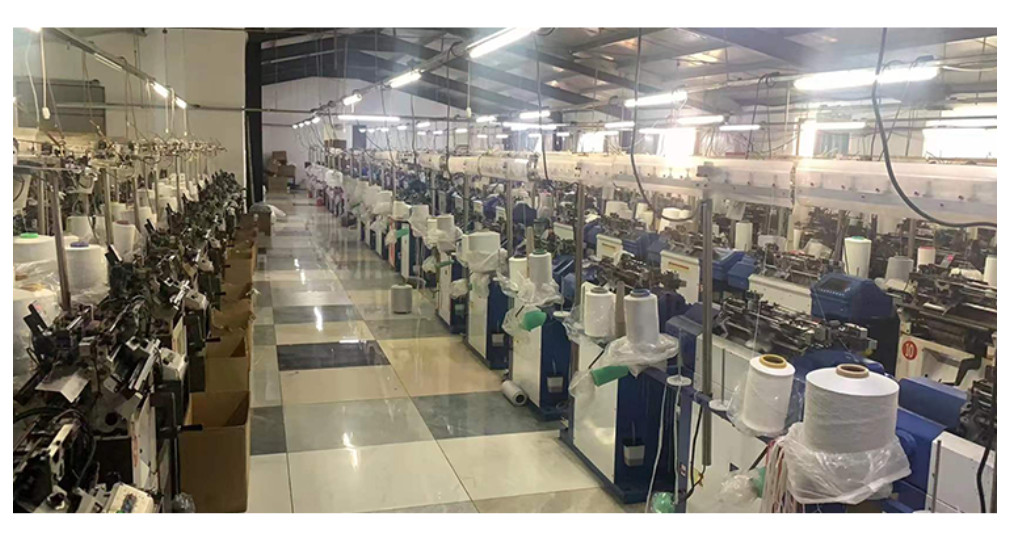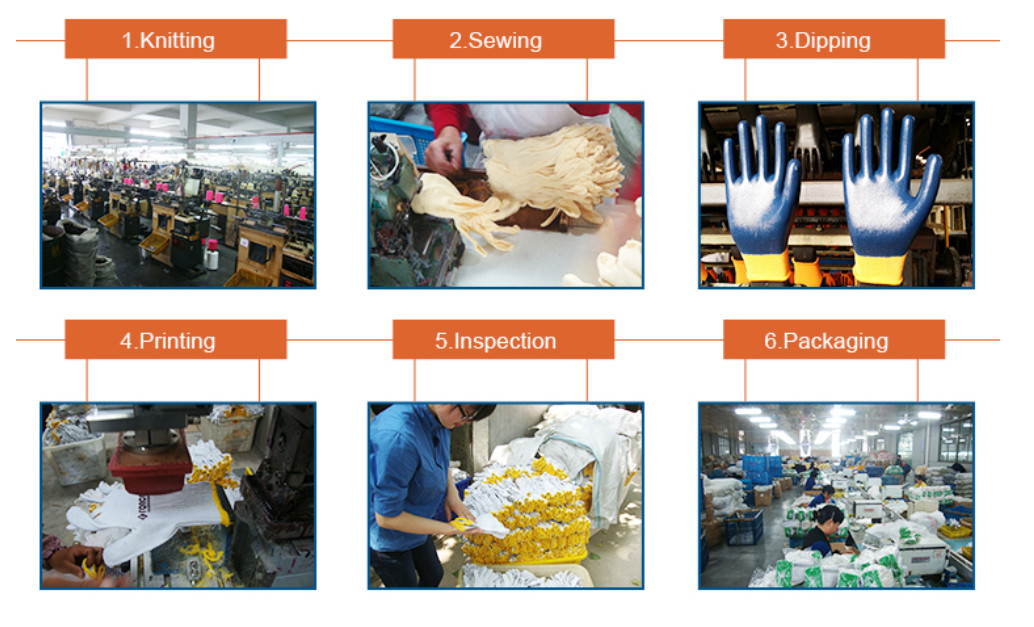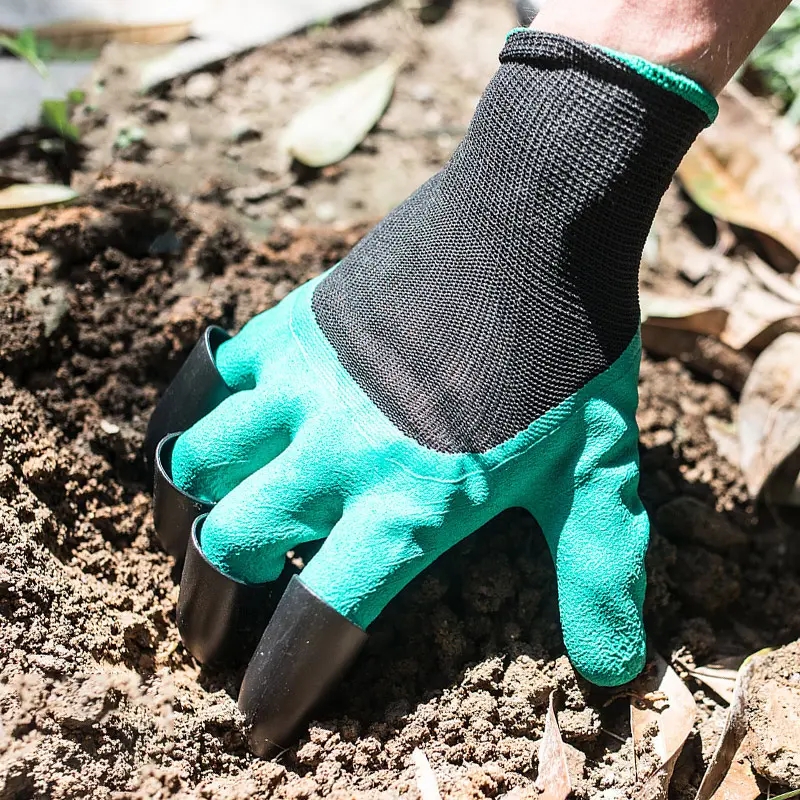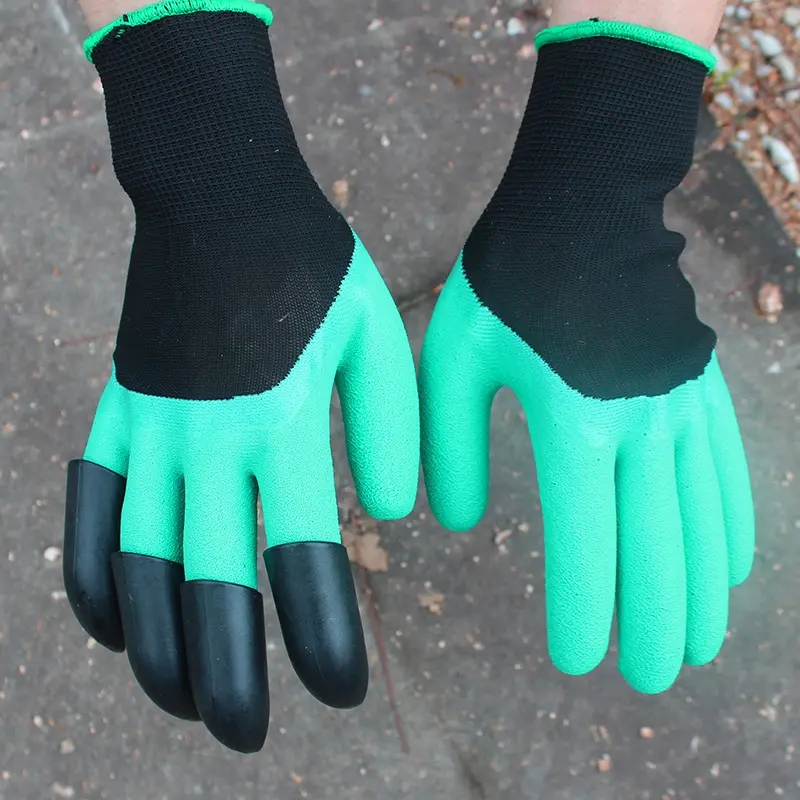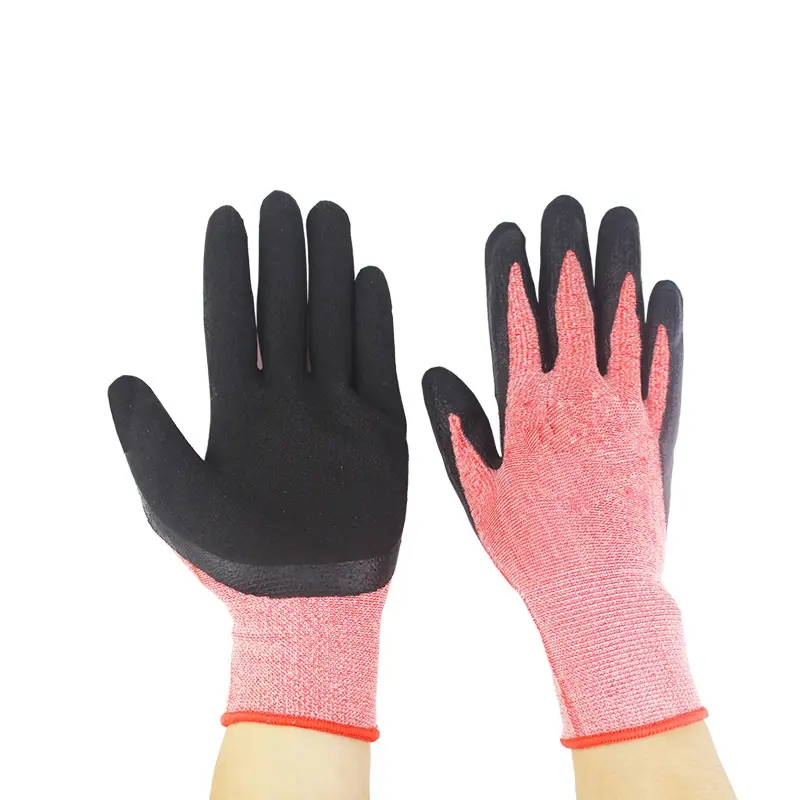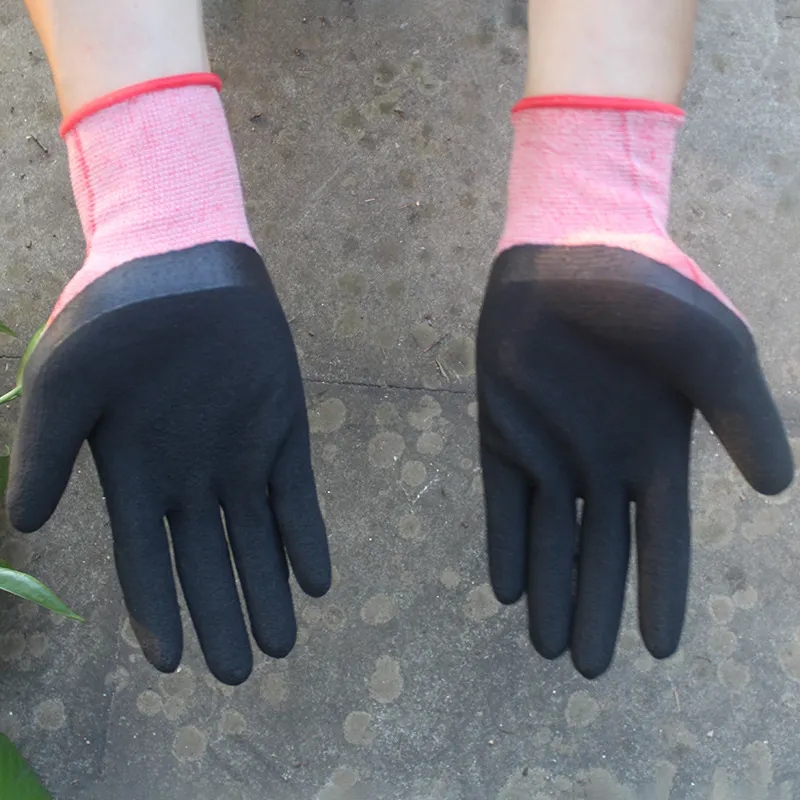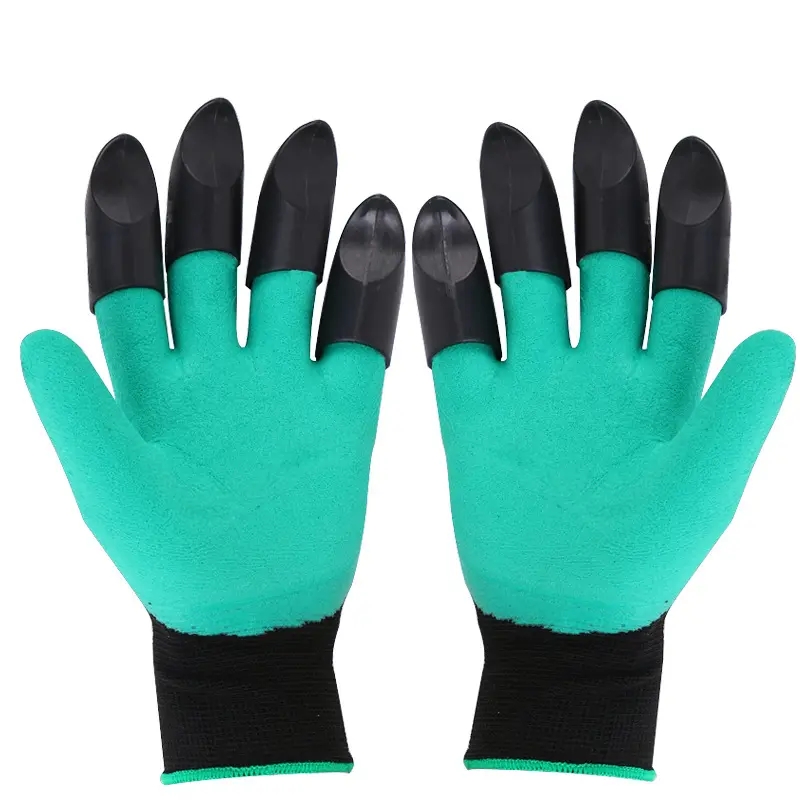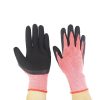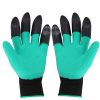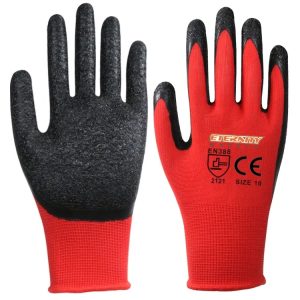“Safety Work Gloves: A Fundamental Component of Workplace Well-being”
Introduction:
Safety work gloves are often the unsung heroes in the realm of workplace safety, diligently safeguarding hands and contributing to overall employee well-being. These unpretentious yet vital pieces of personal protective equipment (PPE) provide protection against a wide range of hazards while promoting safety and efficiency in various industries. In this comprehensive guide, we will delve into the world of safety work gloves, emphasizing their profound significance, exploring the diverse types available, and offering essential considerations for making informed choices.
The Profound Significance of Safety Work Gloves:
Safety work gloves extend beyond basic hand protection. They are the first line of defense against a multitude of workplace risks, including cuts, abrasions, chemical exposure, and burns. Furthermore, they enhance work efficiency by ensuring a secure grip on tools, providing comfort, and preserving dexterity during various job tasks.
Exploring the Spectrum of Safety Work Gloves:
Cut-Resistant Gloves: Engineered to protect against sharp objects and edges, these gloves are indispensable in industries such as construction and metalworking.
Chemical-Resistant Gloves: Tailored for tasks involving chemicals, they serve as an impervious barrier against corrosive materials, safeguarding hands against burns and skin contact.
Heat-Resistant Gloves: Vital in environments like welding and foundry work, these gloves provide protection against extreme temperatures and molten metals.
Nitrile Gloves: Versatile and adaptable, nitrile gloves offer protection against chemicals, biohazards, and more, making them a common sight in healthcare and laboratory settings.
Leather Work Gloves: Prized for their durability and superior grip, these gloves offer protection against abrasions and are well-suited for construction and general labor tasks.
Key Considerations When Selecting Safety Work Gloves:
Work Environment: Carefully assess the specific hazards in your workplace, whether they involve chemicals, heat, sharp objects, or a combination of risks, to determine the most suitable glove type.
Size and Fit: Opt for gloves that fit well to maintain dexterity, comfort, and accident prevention.
Durability: Choose gloves crafted from materials that can withstand the demands of your tasks, whether it’s heavy lifting or precision work.
Compliance: Ensure that the gloves you select adhere to safety standards and regulations relevant to your industry.
Comfort: Comfortable gloves are more likely to be consistently worn, ensuring continuous protection and safety for workers.
Conclusion:
Safety work gloves are the unsung heroes of workplace safety, serving as the guardians of hands and champions of efficiency. By selecting the right gloves, you can significantly reduce the risk of accidents, protect against potential hazards, and enhance overall work efficiency. It is essential to evaluate your work environment, understand the types of risks involved, and prioritize comfort and fit when selecting safety work gloves. Through these steps, you not only contribute to a safer work environment but also foster a workplace where safety and productivity coexist harmoniously.
